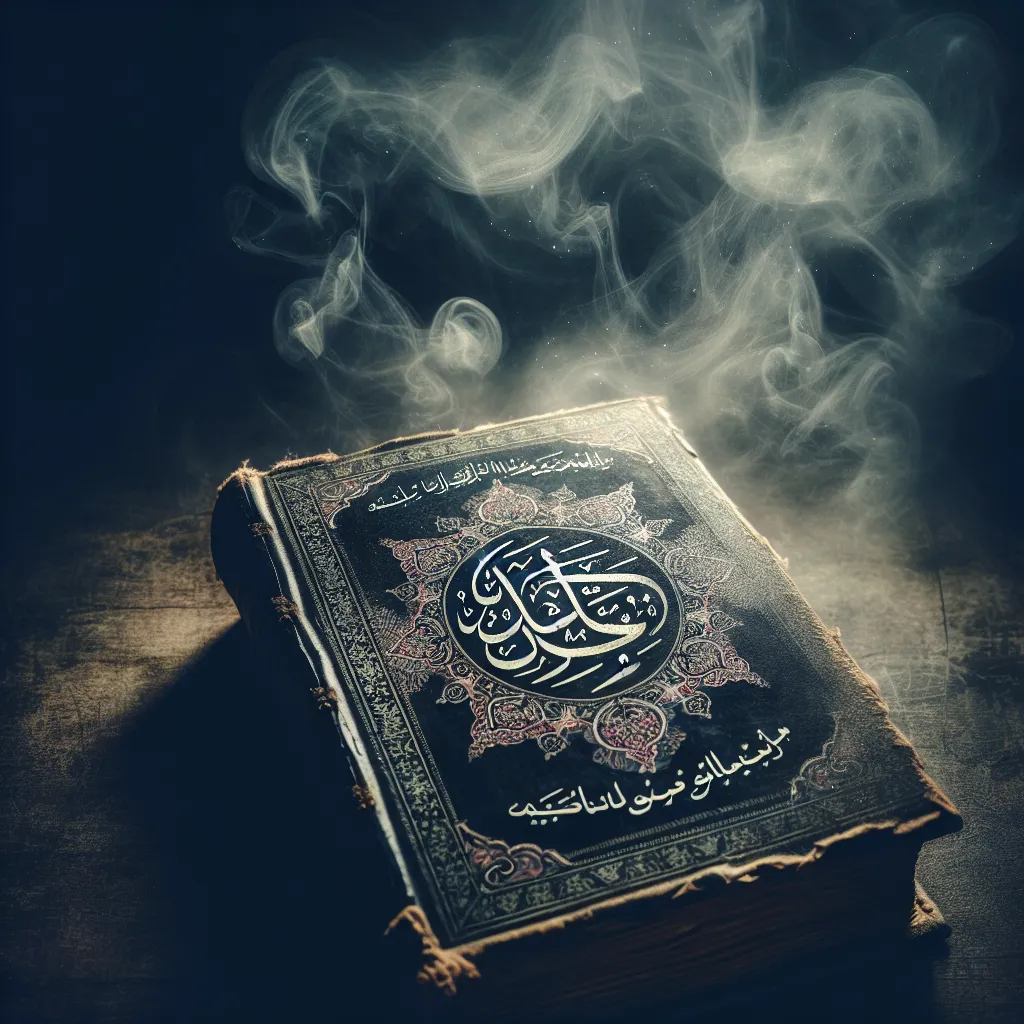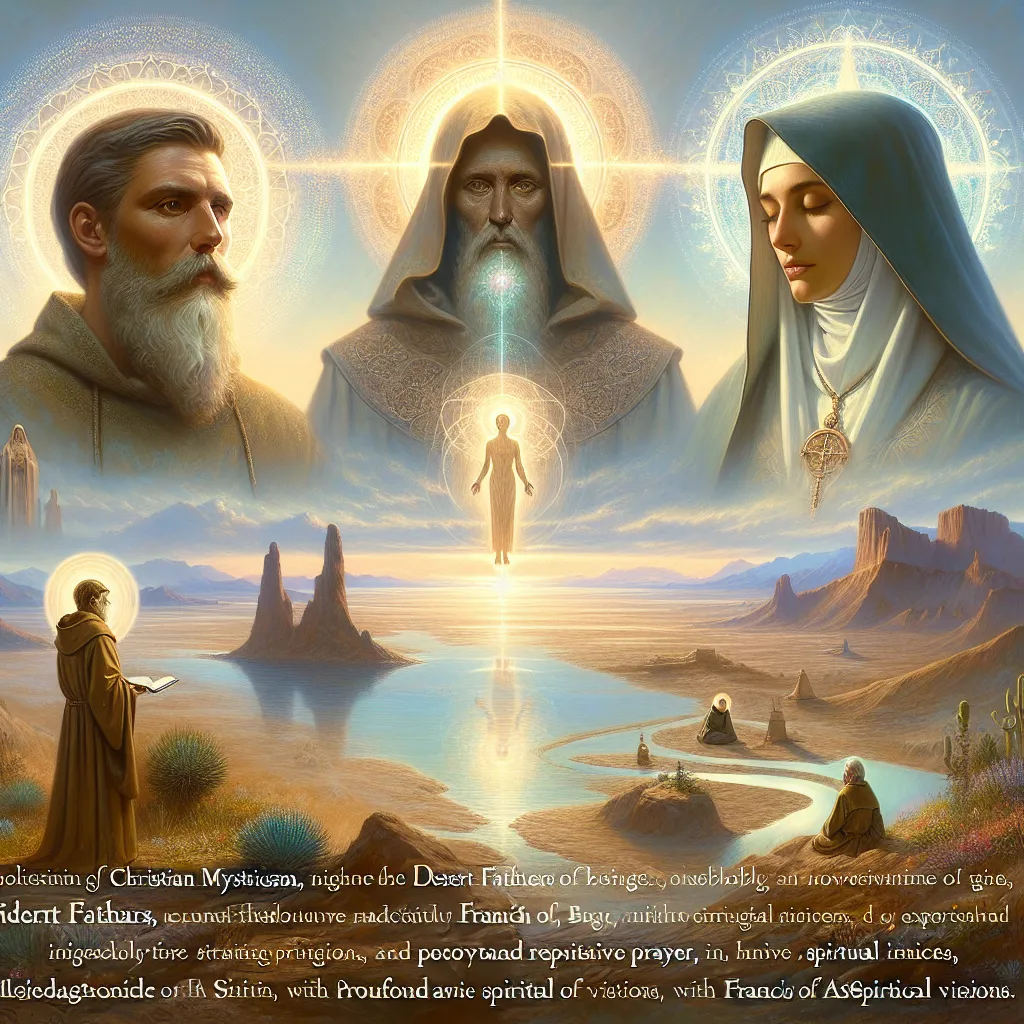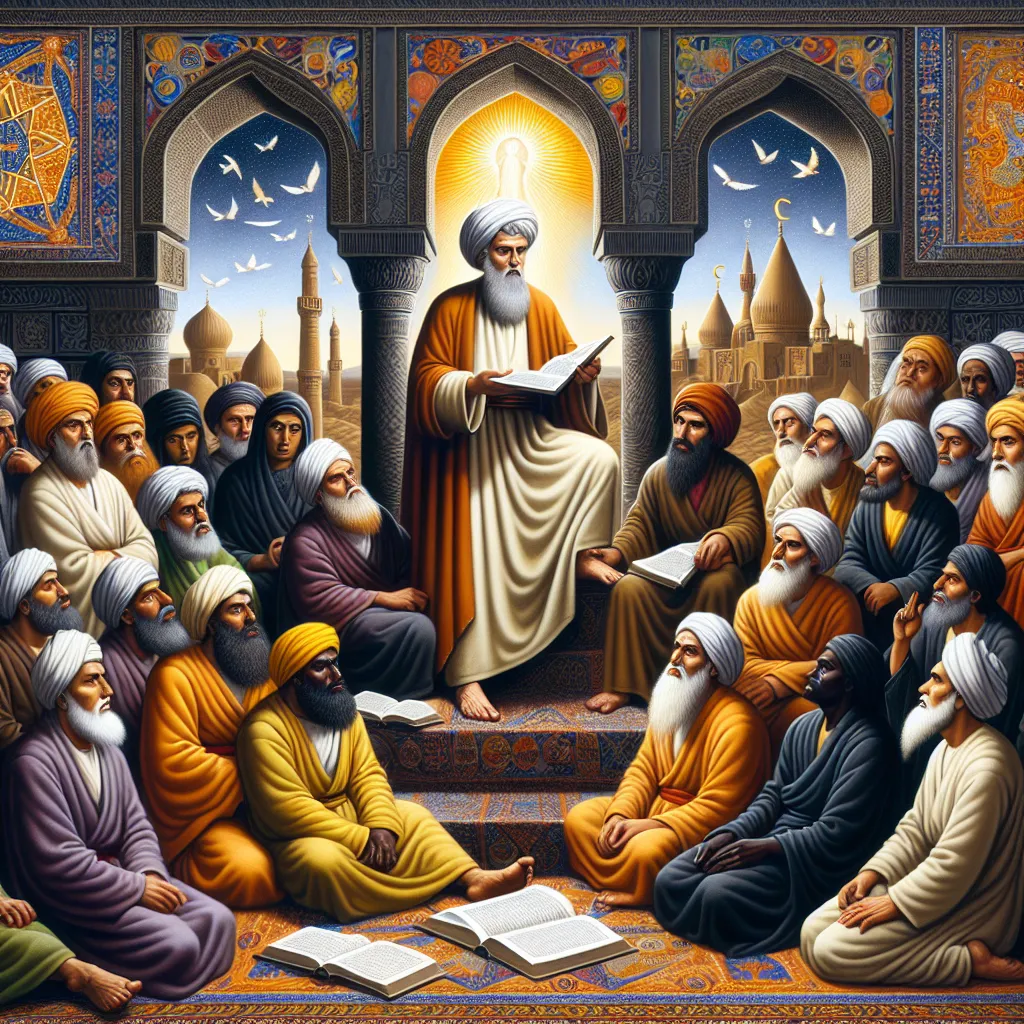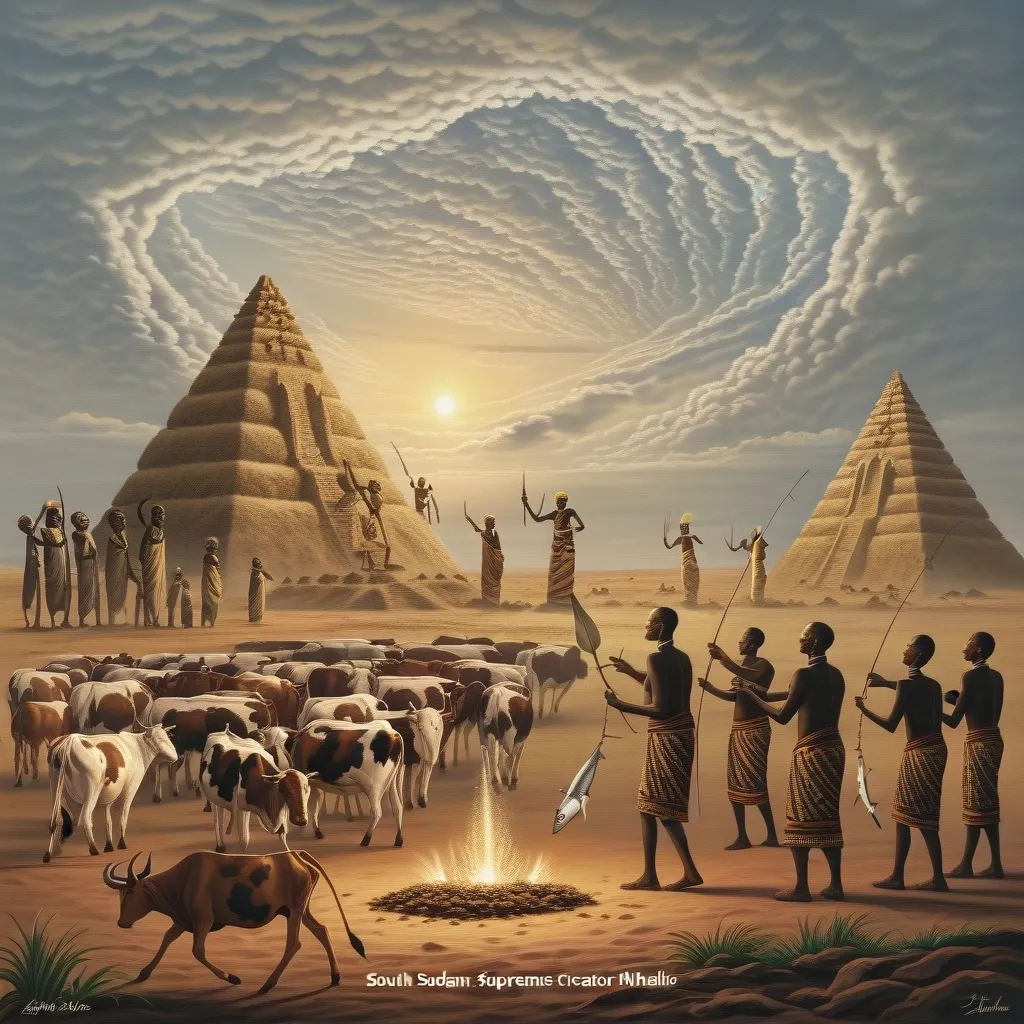There’s an old occult book called “The Shams al-Ma’arif” or “The Sun of Knowledge” that has an infamous reputation. It’s considered by many to be one of the most dangerous books in the world. This book is often attributed to a 13th-century Sufi figure named Ahmed al-Buni. However, the version that exists today, which has gained much notoriety, first appeared in the 17th century.
Scholars now agree that the book we have today isn’t solely the work of Ahmed al-Buni. Instead, it’s a compilation gathered over centuries, from the 13th to the 17th century, featuring writings from various authors inspired by him. While there is a core section of the book that can be traced back to Ahmed al-Buni, the majority was written by later authors who delved into various occult sciences.
The mystique surrounding “The Shams al-Ma’arif” has only grown over time, making it a fascinating yet feared piece of literature in the world of the occult.






